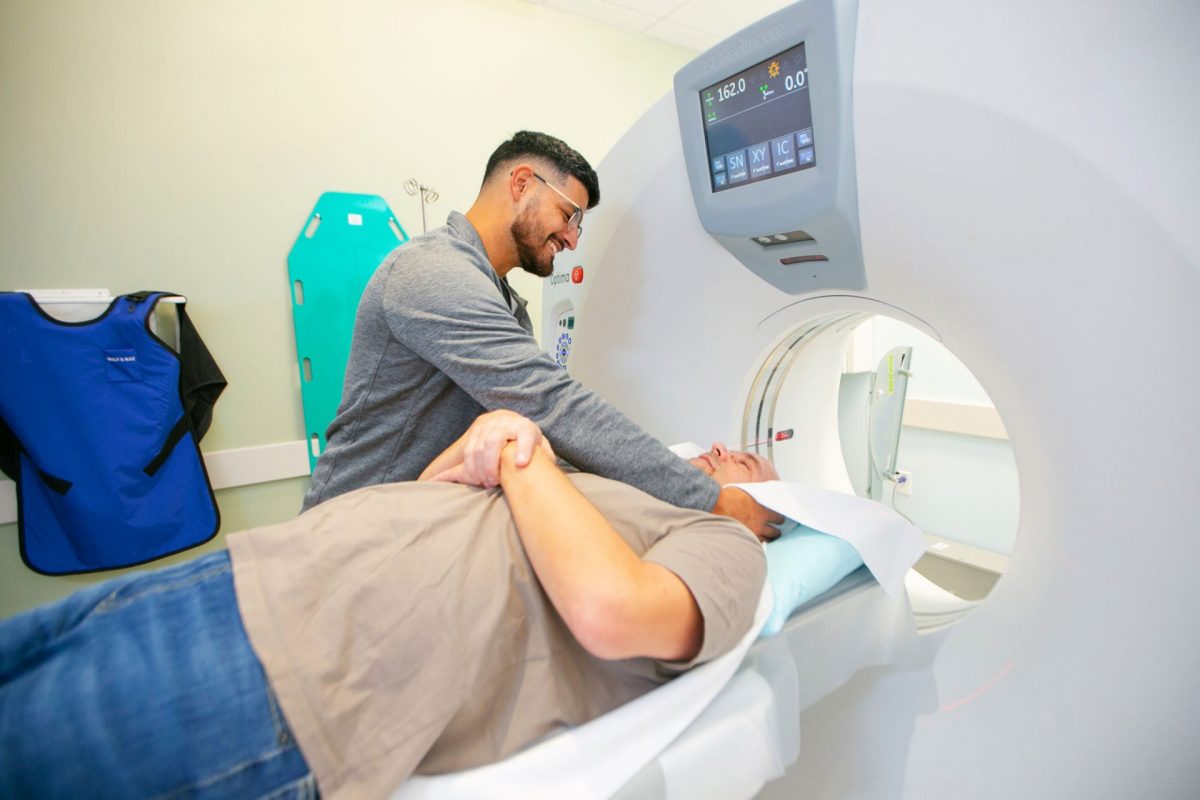Why Time Matters in Medical Emergencies: The Importance of Quick ER Access

When a medical emergency happens, every second counts. A fast emergency response time can make all the difference, improving outcomes and preventing complications. Quick ER access can mean the difference between a smooth recovery and serious complications. Understanding why time is so important in an emergency can help you make informed decisions when it matters most.
The Critical Nature of Time in Emergencies
Medical emergencies can happen anytime, anywhere. Whether it’s a heart attack, stroke, allergic reaction, or serious injury, acting fast is essential. Some conditions worsen by the minute, and delaying care can have lasting effects.
For example, during a heart attack, every minute that passes means more damage to the heart muscle. According to the American Heart Association, fast treatment improves survival rates and reduces long-term damage.
A stroke is another example. The sooner a stroke patient gets treatment, the better their chances of recovery. The American Stroke Association states that for every minute a stroke goes untreated, a person loses about 1.9 million brain cells. Quick treatment can prevent severe disability or even death.
The Impact of Delayed Care
Delays in emergency care can have serious consequences. Some conditions progress quickly, and waiting too long to get medical help can lead to complications or permanent damage.
Unfortunately, many emergency rooms have long wait times. Studies show that the average emergency room patient in the U.S. waits over two hours being admitted. Long waits can be dangerous, especially for life-threatening conditions. For example:
- A person with a severe asthma attack may struggle to breathe while waiting for care.
- A child with a high fever and dehydration may become more unstable.
- A deep wound that isn’t treated quickly can become infected.
This is why having access to an emergency room that can see patients quickly is essential.
The Benefits of Freestanding Emergency Rooms
Freestanding emergency rooms are an excellent alternative to traditional hospital-based ERs. These facilities offer the same level of care as a hospital ER but without the long wait times. Patients are usually seen much faster, which is essential in time-sensitive situations.
At Physicians Premier ER, our board-certified emergency doctors and trained medical staff are ready to assist patients immediately. We prioritize urgent cases, ensuring that serious conditions get immediate attention.
Some benefits of freestanding ERs include:
- Shorter wait times – Unlike crowded hospital ERs, freestanding ERs provide faster service.
- 24/7 availability – Medical emergencies don’t follow a schedule, so it’s essential to have access to care at any time.
- Advanced equipment – Freestanding ERs have the latest technology, including CT scans, digital X-rays, ultrasounds, and on-site labs.
- Comfortable environment – Many freestanding ERs offer a more patient-friendly experience with shorter processing times and personal care.
How Freestanding ERs Save Lives
Freestanding ERs can make a big difference in medical emergencies. Because they provide quick access to advanced care, they help stabilize patients faster.
For example:
- Heart attack patients – Getting to an ER quickly can help doctors start treatments like clot-dissolving medications or procedures to restore blood flow.
- Stroke patients – If treatment is given within the critical window, doctors can reduce brain damage and improve the chances of recovery.
- Trauma cases – Immediate care for broken bones, deep wounds, or severe injuries can prevent infections and complications.
- Severe allergic reactions – Quick treatment with epinephrine and other medications can stop life-threatening reactions before they escalate.
By reducing the time between arrival and treatment, freestanding ERs improve patient outcomes.
What to Do in a Medical Emergency
Knowing what to do in an emergency can help you stay calm and act fast. Here are a few steps to take:
- Call 911 if needed – If someone is unconscious, having difficulty breathing, or in extreme pain, call for emergency services right away.
- Head to the nearest ER – If possible, go to a freestanding ER for faster treatment.
- Know the symptoms of serious conditions – Learn the warning signs of heart attacks, strokes, and allergic reactions so you can act quickly.
- Keep emergency contacts handy – Make sure you have important phone numbers saved, including your nearest ER.
- Stay informed – Knowing where to go and what to do in an emergency can save valuable time.
Physicians Premier ER: Here When You Need Us
Emergencies are unpredictable, but a quick emergency response time can make all the difference. Physicians Premier ER is committed to providing fast, high-quality emergency care. With multiple locations and a dedicated medical team, we’re here to help when every second counts.
For more information on our services, visit our site.
Sources:
“Emergency Response Time,” Science Direct, https://www.sciencedirect.com/topics/computer-science/emergency-response-time
“CPR Facts & Stats,” American Heart Association, https://cpr.heart.org/en/resources/cpr-facts-and-stats
“F.A.S.T.: Time to Call 911,” American Stroke Association, https://www.stroke.org/en/fast-experience/time-to-call-911
“United States emergency department performance on wait time and length of visit,” National Library of Medicine, https://pmc.ncbi.nlm.nih.gov/articles/PMC2830619/#S22


